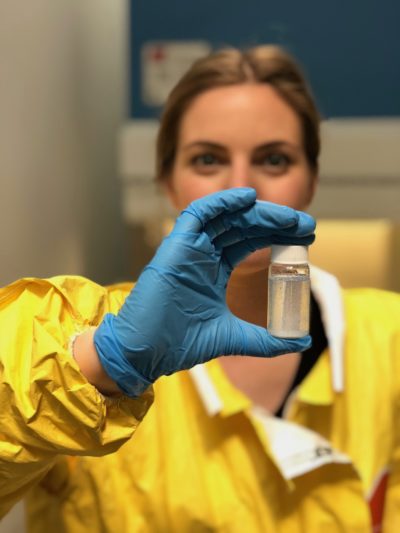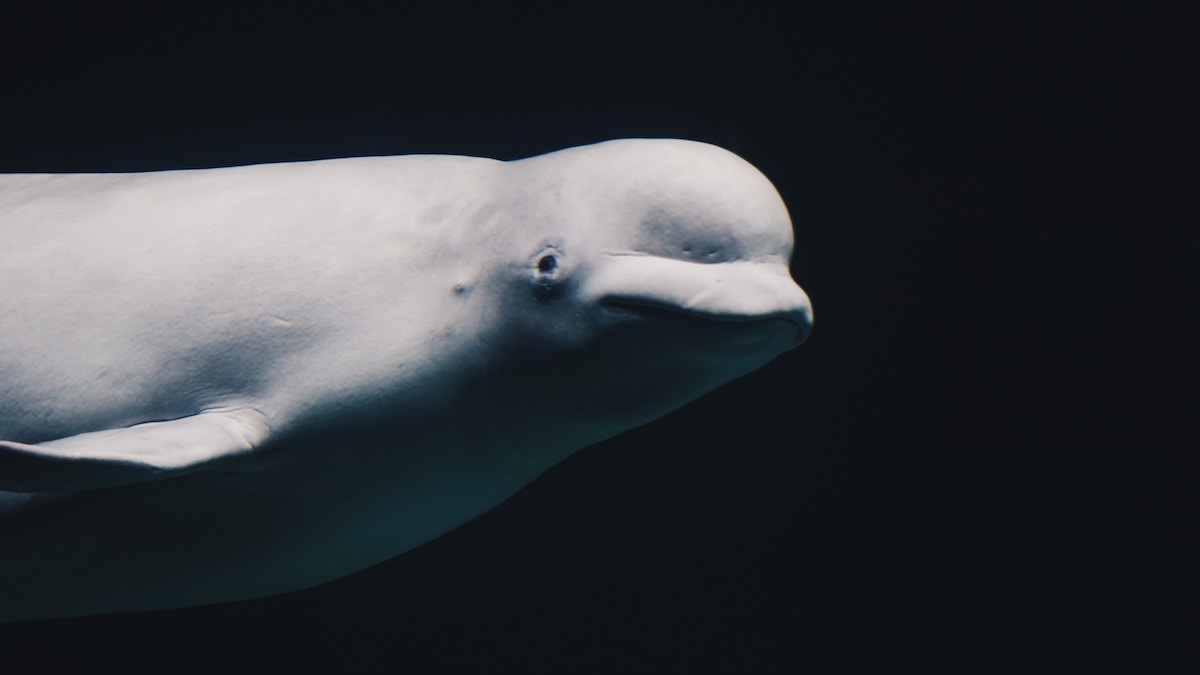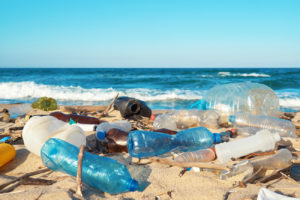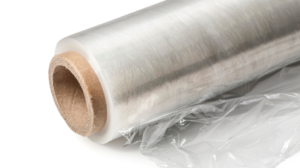Microplastics in beluga whales (Delphinapterus leucas) from the Eastern Beaufort Sea
Rhiannon Moore, Researcher at the Ocean Wise Plastics Lab and member of the the Plastic Action Centre Expert Advisory Panel is the lead author a research study on microplastics in beluga whales from the Eastern Beaufort Sea. This study represents the first-ever report on microplastics in a marine mammal in Canada, and the most comprehensive study of its kind in the world.

Highlights
- Researchers worked with hunters from the Inuvialuit community of Tuktoyaktuk, N.W.T., to collect samples from whales they harvested between 2017 and 2018.
- These species have a range hundreds of kms north of the arctic circle.
- The researchers estimate an average of approximately 100 microplastic particles per whale sampled.
- Seven whales were harvested by Inuvialuit hunters for the study; all seven of which contained microplastic particles.
- Both fibres and fragments were found within stomachs and intestines, with all particles being <5 mm in size.
- Over eight types of plastic types found; nearly half of particles found were identified as PET (Polyethylene terephthalate).
- Exposure pathways and health implications remain unclear.

Abstract
Microplastics (MPs, particles <5 mm) represent an emerging global environmental concern, having been detected in multiple aquatic species. However, very little is known about the presence of MPs in higher trophic level species, including cetaceans. We worked with community based monitors and Inuvialuit hunters from Tuktoyaktuk (Northwest Territories, Canada) to sample seven beluga whales (Delphinapterus leucas) in 2017 and 2018. Microplastics were detected in the gastrointestinal tracts in every whale. We estimate that each whale contained 18 to 147 MPs in their GI tract (average of 97 ± 42 per individual). FTIR-spectroscopy revealed over eight plastic polymer types, with nearly half being polyester. Fibres made up 49% of MPs. The diversity of MP shapes and polymeric identities in beluga points to a complex source scenario, and ultimately raises questions regarding the significance and long-term exposure of this pollutant in this ecologically and culturally valuable species.
Read the research paper
This research paper can be accessed at Sciencedirect.com
Have a question?
Want to learn more about this study, microplastics, and plastics in general? Submit a question to the Plastic Action Centre Expert Advisory Panel.



